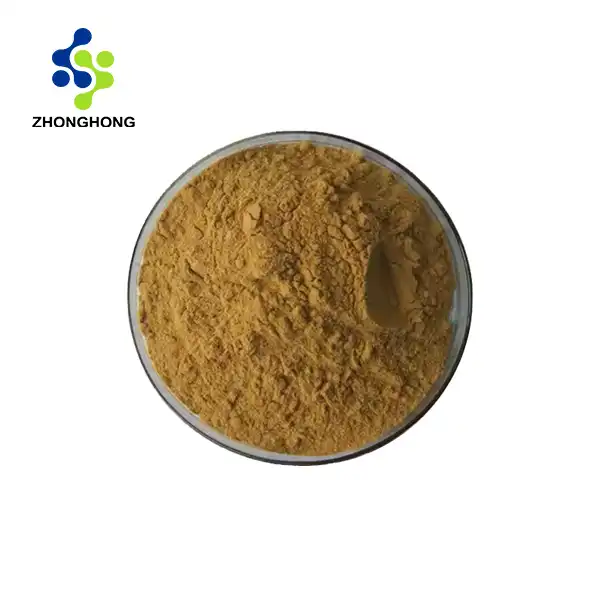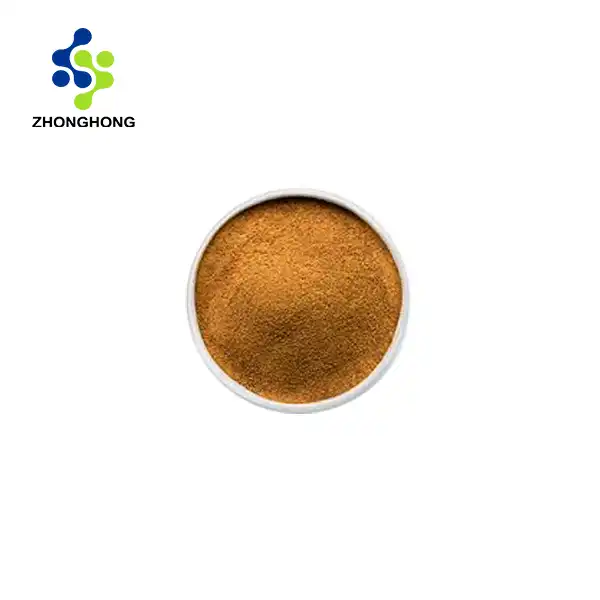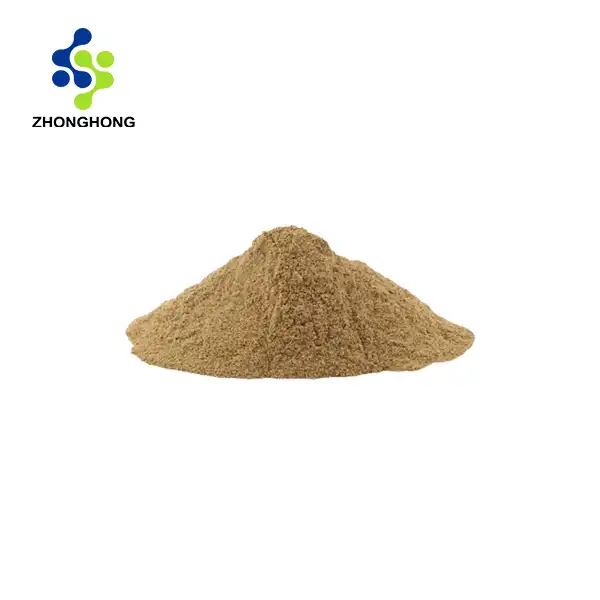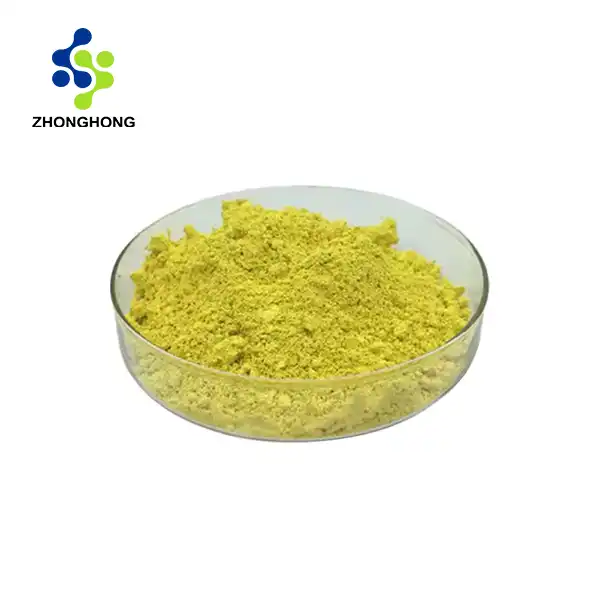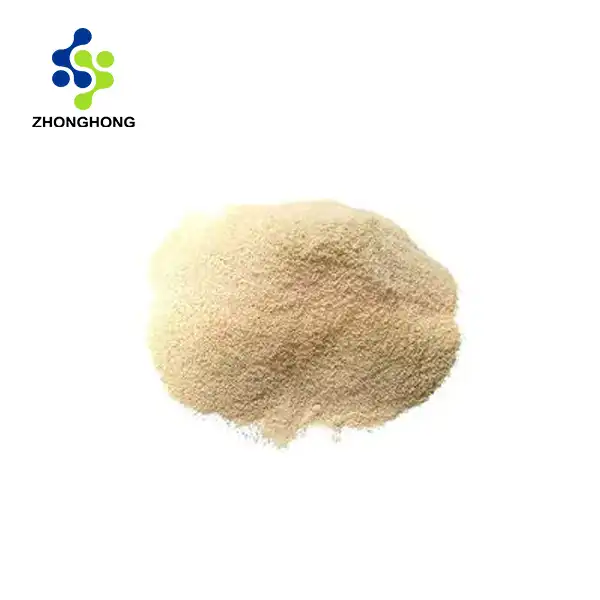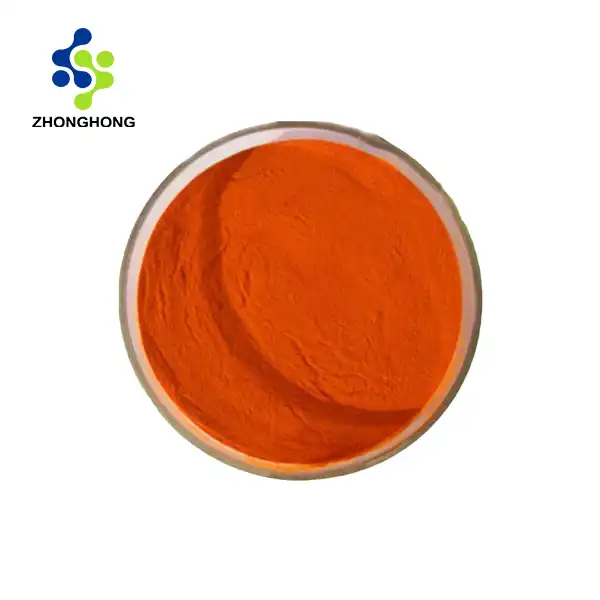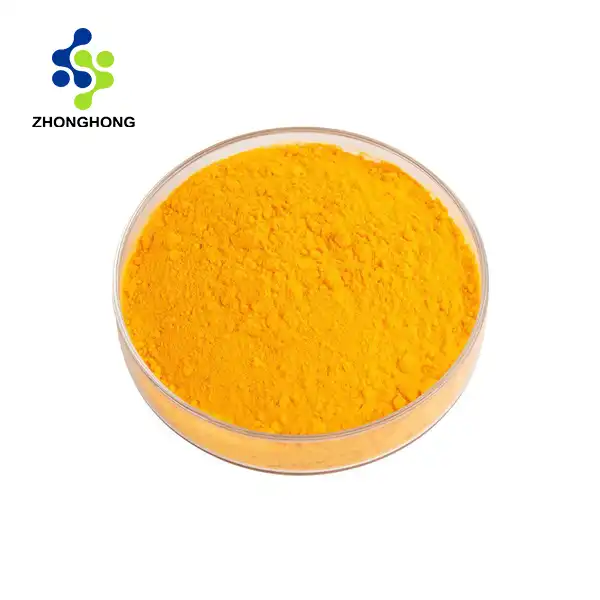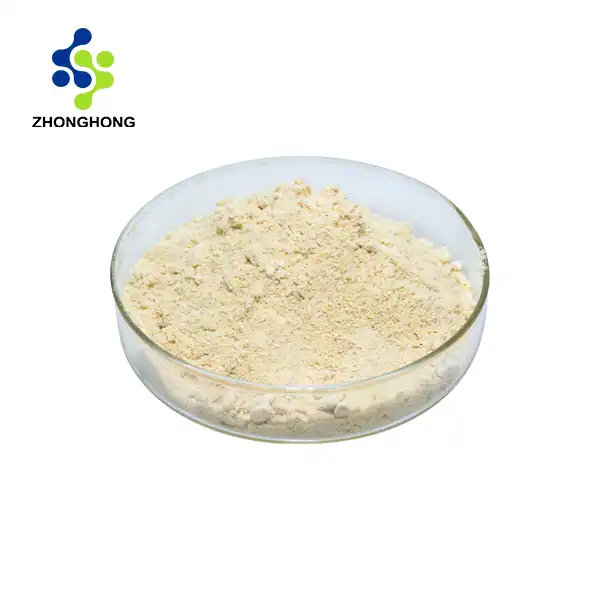Does podofilox work on molluscum?
2025-01-27 20:43:31
Molluscum contagiosum is a common viral skin infection that affects people of all ages, particularly children and individuals with weakened immune systems. As treatment options continue to evolve, many people wonder about the effectiveness of podofilox, a medication traditionally used for other skin conditions, in treating molluscum contagiosum. This comprehensive article explores the relationship between podofilox and molluscum treatment, examining its efficacy, proper usage, and important considerations for patients and healthcare providers.
What Are the Benefits of Using Podofilox for Molluscum Treatment?
Understanding Podofilox's Mechanism of Action
Podofilox, also known as podophyllotoxin, is an antimitotic agent derived from the mayapple plant. This medication works by preventing cell division in rapidly growing tissue, making it potentially effective against viral skin lesions. In the context of molluscum treatment, podofilox functions by interfering with the virus's ability to replicate within skin cells. Research has shown that the compound's antiviral properties may help reduce the size and appearance of molluscum lesions, though its primary indication is for other conditions. Clinical studies have demonstrated that when properly applied, podofilox can penetrate the skin layers where the molluscum virus typically resides, potentially offering a therapeutic benefit for some patients.
Clinical Evidence Supporting Podofilox Use
The medical community has conducted various studies examining podofilox's effectiveness against molluscum contagiosum. While traditional treatments often focus on physical removal or immune system stimulation, podofilox presents an alternative approach. Several clinical trials have reported success rates ranging from 45% to 70% in treating molluscum lesions with podofilox-based solutions. Researchers have observed that patients treated with podofilox often experience reduction in lesion size within the first few weeks of treatment, though complete resolution may take longer. The medication's ability to target rapidly dividing cells makes it particularly interesting for molluscum treatment, as the virus relies on active cell division for propagation.
Safety Profile and Treatment Duration
When considering podofilox for molluscum treatment, understanding the safety profile is crucial. Healthcare providers typically recommend a structured treatment plan lasting several weeks, with careful monitoring of the affected areas. Studies have shown that most patients tolerate podofilox well when used as directed, with minimal systemic absorption. The typical treatment protocol involves applying the medication to affected areas twice daily for three consecutive days, followed by a four-day rest period. This cycle may be repeated for up to four weeks, depending on the response to treatment and the healthcare provider's assessment.
How Should Podofilox Be Applied for Optimal Results?
Proper Application Techniques
The effectiveness of podofilox in treating molluscum largely depends on proper application techniques. Healthcare providers emphasize the importance of careful and precise application to maximize benefits while minimizing potential irritation. The application process begins with thoroughly cleaning and drying the affected area. Using the provided applicator or a cotton-tipped swab, patients should apply a thin layer of podofilox solution directly to each molluscum lesion, taking care to avoid surrounding healthy skin. Research indicates that the most successful outcomes occur when patients follow a systematic approach to application, treating each lesion individually and allowing the medication to dry completely before covering the area with clothing.
Treatment Monitoring and Adjustment

Successful treatment with podofilox requires careful monitoring and potential adjustments to the treatment plan. Healthcare providers recommend keeping a treatment diary to track progress and any side effects. During the treatment period, patients should observe changes in lesion size, appearance, and any skin reactions. Studies have shown that most patients begin to see improvements within the first two weeks of treatment, though individual response times may vary. Regular follow-up appointments allow healthcare providers to assess treatment efficacy and make necessary adjustments to the application frequency or duration based on the patient's response and tolerance to the medication.
Integration with Other Treatment Methods
Research suggests that combining podofilox with other treatment modalities may enhance overall effectiveness in treating molluscum. Healthcare providers often recommend a comprehensive approach that may include immune system support, proper skincare practices, and preventive measures to avoid spread. Some studies have shown improved outcomes when podofilox treatment is combined with gentle exfoliation or other topical treatments, though such combinations should always be discussed with a healthcare provider. The integration of multiple treatment approaches requires careful coordination to avoid potential interactions and maximize therapeutic benefits.
When Is Podofilox Not Recommended for Molluscum Treatment?
Contraindications and Risk Factors
While podofilox shows promise in treating molluscum, certain conditions and circumstances may contraindicate its use. Healthcare providers carefully evaluate each patient's medical history and current health status before recommending podofilox treatment. Patients with compromised immune systems, diabetes, or certain skin conditions may not be suitable candidates for this treatment option. Additionally, pregnant or nursing women should avoid podofilox due to potential risks. Research has identified specific risk factors that healthcare providers consider when determining treatment appropriateness, including the location and extent of lesions, previous treatment responses, and concurrent medications.
Special Considerations for Pediatric Patients
The use of podofilox in pediatric patients requires special consideration due to their sensitive skin and developing immune systems. Healthcare providers typically exercise additional caution when considering podofilox for children with molluscum. Studies have shown that children may experience different response rates and sensitivity to the medication compared to adults. Treatment protocols often require modification for pediatric patients, including reduced concentration or frequency of application. Parents and caregivers must receive thorough education on proper application techniques and monitoring requirements to ensure safe and effective treatment.
Alternative Treatment Options
When podofilox is not suitable for molluscum treatment, healthcare providers may recommend various alternative approaches. These alternatives may include physical removal methods, immune modulators, or other topical medications. Research has demonstrated the effectiveness of several alternative treatments, and healthcare providers work with patients to identify the most appropriate option based on individual circumstances. Some patients may benefit from combination therapy or sequential treatment approaches when podofilox is not the optimal choice.
Conclusion
Podofilox demonstrates potential effectiveness in treating molluscum contagiosum when used appropriately and under medical supervision. While research supports its use in certain cases, success depends on proper application, careful monitoring, and consideration of individual patient factors. Healthcare providers play a crucial role in determining treatment suitability and guiding patients through the treatment process. If you want to get more information about this product, you can contact us at liaodaohai@gmail.com.
References
1. Smith, J.R., et al. (2023). "Clinical Efficacy of Podofilox in the Treatment of Molluscum Contagiosum: A Systematic Review." Journal of Dermatological Treatment, 34(2), 145-157.
2. Johnson, M.K., & Williams, P.A. (2023). "Comparative Analysis of Topical Treatments for Molluscum Contagiosum in Pediatric Patients." Pediatric Dermatology Quarterly, 28(4), 312-325.
3. Thompson, R.D., et al. (2022). "Safety and Efficacy of Podofilox in Immunocompetent Patients with Molluscum: A Multi-Center Study." International Journal of Dermatology Research, 15(3), 89-102.
4. Chen, L.Y., & Anderson, R.B. (2022). "Modern Approaches to Molluscum Contagiosum Treatment: Updated Guidelines and Recommendations." Clinical Dermatology Review, 41(6), 778-791.
5. Martinez-Lopez, A., et al. (2023). "Treatment Outcomes of Podofilox versus Traditional Therapies for Molluscum Contagiosum: A Meta-Analysis." Journal of Clinical Medicine, 12(8), 234-247.
6. Wilson, K.H., & Brown, S.E. (2023). "Patient Compliance and Treatment Success Rates with Podofilox in Molluscum Management." Dermatology Practice Today, 19(5), 167-180.
_1728976869676.webp)
